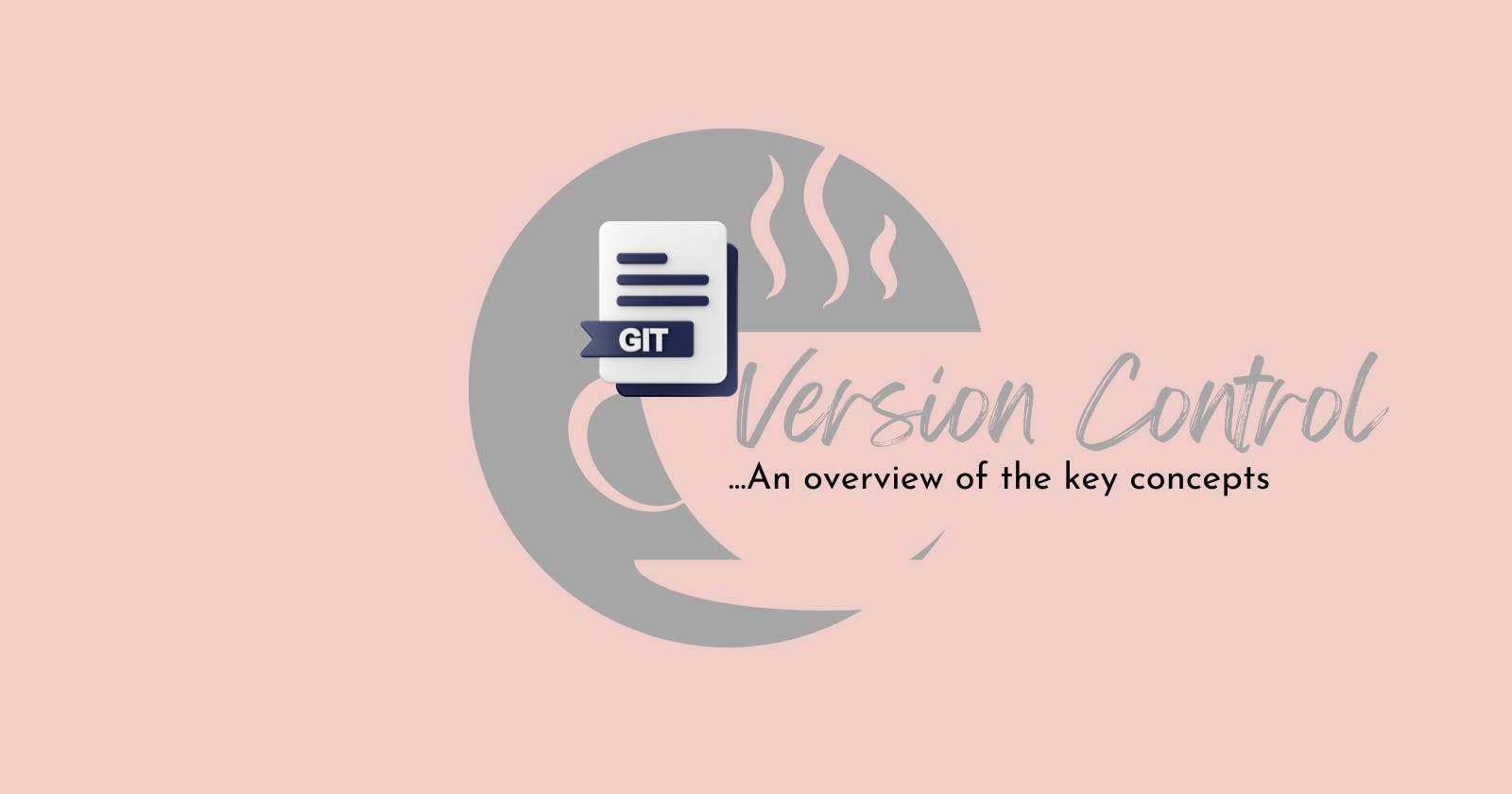Table of contents
Introduction
Version control is a practice that allows you to manage and track changes to files or a set of files over time. As a software development tool, it is commonly used for managing documents, spreadsheets, and multimedia files.
Version Control Systems keep a history of changes made to files, enabling you to access previous versions, compare differences, and revert to earlier states if needed. As a result, they facilitate structured and organized collaboration, particularly when multiple individuals are working on the same set of documents at the same time. This post will highlight 7 key concepts and features that are most frequently associated with Version Control in the context of software development/engineering.
Key concepts and features
Repository:
A repository is a central storage location where all versions and changes to files are stored; it also contains the project's history.
Commit:
A commit is an entry in the file representing one particular change or a set of changes. Each commit is associated with a unique identifier and includes a message describing the changes.
Branches:
Branches can be created within a repository to separate lines of development. In this way, multiple users are able to work on different features or experiments simultaneously without interfering with one another's work. Branches can be merged back together later.
Merging:
Merging is the process of combining changes from one branch to another. It allows you to integrate changes made in separate branches back into the main branch or other designated branches.
Diffing:
Diffing refers to the ability to compare the differences between two versions of a file or between branches. It shows the additions, deletions, and modifications made to the content.
Conflict resolution:
When multiple people make conflicting changes to the same file or code section, a conflict occurs. Version control systems provide tools to help resolve these conflicts, ensuring that changes are merged correctly.
History and annotations:
Version control systems maintain a detailed history of all changes, including who made each change and when. Using annotations, you can identify who wrote specific lines or sections of a document.
Conclusion
Commonly used version control systems include Subversion, Git and Mercurial. These systems offer powerful features for collaboration, code management, and project organization, making them essential tools for software development teams.

Image credit: Aspirant
Thanks for reading. Happy Coding!

